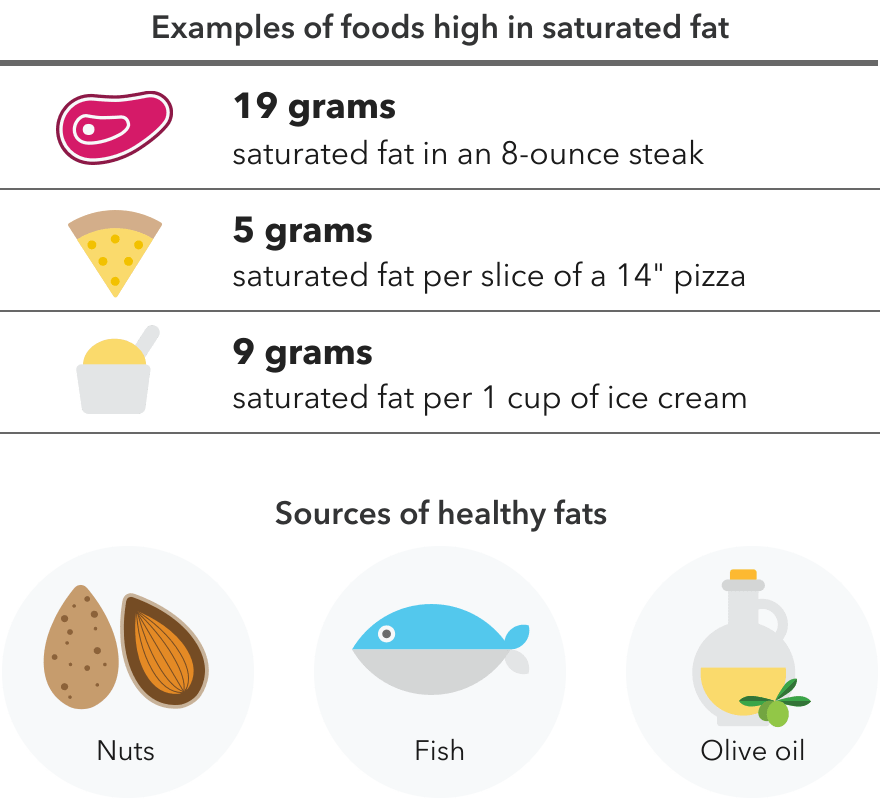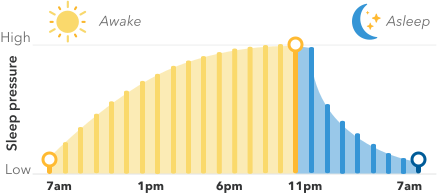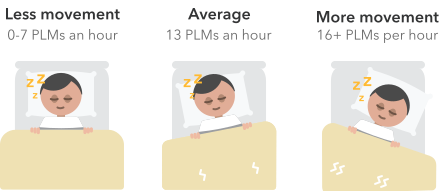Category: Wellness
-

Are Homocysteine Levels Genetic?
What is homocysteine? Homocysteine is an amino acid that plays a key role in important processes like making proteins. Vitamins B6, B12, and folate (also called B9) help convert homocysteine into other substances your body needs. When homocysteine levels get too high, it may indicate an increased risk of certain health conditions, such as cognitive…
-

Emotional Eating
What is emotional eating? Food and emotions are often closely linked, such as having cake to celebrate a happy occasion or a favorite childhood meal that brings up warm feelings. But eating in response to emotions — called emotional eating — often involves eating high-calorie, unhealthy foods, despite not feeling physically hungry, and can result…
-

Seasonal Allergies
What are seasonal allergies? Seasonal allergies, also known as hay fever or allergic rhinitis, occur when the immune system overreacts to small airborne particles called allergens, including mold or pollens from trees, grasses, or weeds. Seasonal allergies occur at certain times of the year, which can vary depending on what a person is allergic to…
-

Genetics and Weight
Do genetic factors influence your weight? Yes! The fit of your jeans is affected at least in part by your genes. Lots of research has shown that genetics not only impacts how much we weigh but also how much diet and exercise may make a difference. Our weight is the product of genetics, lifestyle, and…
-

Cat Allergy
What is cat allergy? Allergies occur when the immune system mistakes a normally harmless substance, called an allergen, for a harmful one. When the immune system detects an allergen, it triggers an immune reaction in an attempt to protect the body. In the case of cat allergy, the immune system reacts to certain proteins found…
-

Saturated Fat and Weight
How can dietary fat impact our health? Fats are an important part of a healthy diet: they give you energy, help build your cells, and help you absorb certain vitamins. There are three main types of fats, but not all types are equally healthy. Saturated fats are found primarily in red meat and full-fat dairy…
-

Dog Allergy
What is dog allergy? Allergies occur when the immune system mistakes a normally harmless substance, called an allergen, for a harmful one. When the immune system detects an allergen, it triggers an immune reaction in an attempt to protect the body. In the case of dog allergy, the immune system reacts to certain proteins found…
-

Nearsightedness
What is nearsightedness? Nearsightedness, also called myopia, is a common eye condition that affects distance vision. Most cases of nearsightedness develop in childhood and stabilize in severity by early adulthood. People with nearsightedness tend to see nearby objects clearly, but objects farther away are blurry or unfocused. This occurs when the shape of the eye…
-

Deep Sleep & Genetics
How it works Deep sleep is the phase of sleep when it’s hardest to wake up. It occurs right before the REM stage of sleep and may play a role in transferring the day’s events into longer-term memories. In deep sleep, your brain cells produce slow moving waves of electrical activity called delta waves. The…
-

Sleep Movement & Genetics
The science of sleep movement Did you know that many people twitch multiple times throughout the night while they’re asleep? These involuntary twitches are called periodic limb movements, or PLMs. During sleep studies, researchers measure PLMs by placing electrodes on the arms and legs of a sleeping person. The genetic link Scientists have identified a…